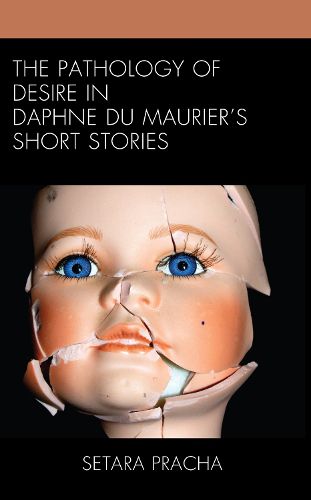Readings Newsletter
Become a Readings Member to make your shopping experience even easier.
Sign in or sign up for free!
You’re not far away from qualifying for FREE standard shipping within Australia
You’ve qualified for FREE standard shipping within Australia
The cart is loading…






Following a resurgence of interest in Daphne du Maurier’s writing, The Pathology of Desire in Daphne du Maurier’s Short Stories offers an overview of all her collections and a detailed reading of nine stories. These contain recurrent references to the incomplete or impaired human form and are best read through a corporeal lens. The criticism illustrates her importance as a cultural commentator fascinated by the results of frustrated human desire, and includes a synopsis of the published collections, and the stories within them, to give the reader a sense of the variety of the overarching themes and the persistent force of corporeality in the stories. Du Maurier is well-known as a novelist, but her short fiction is pivotal to understanding her position and influence as a writer. She rewrites fairytales and foregrounds female violence long before it became a cultural trend.
$9.00 standard shipping within Australia
FREE standard shipping within Australia for orders over $100.00
Express & International shipping calculated at checkout
Following a resurgence of interest in Daphne du Maurier’s writing, The Pathology of Desire in Daphne du Maurier’s Short Stories offers an overview of all her collections and a detailed reading of nine stories. These contain recurrent references to the incomplete or impaired human form and are best read through a corporeal lens. The criticism illustrates her importance as a cultural commentator fascinated by the results of frustrated human desire, and includes a synopsis of the published collections, and the stories within them, to give the reader a sense of the variety of the overarching themes and the persistent force of corporeality in the stories. Du Maurier is well-known as a novelist, but her short fiction is pivotal to understanding her position and influence as a writer. She rewrites fairytales and foregrounds female violence long before it became a cultural trend.